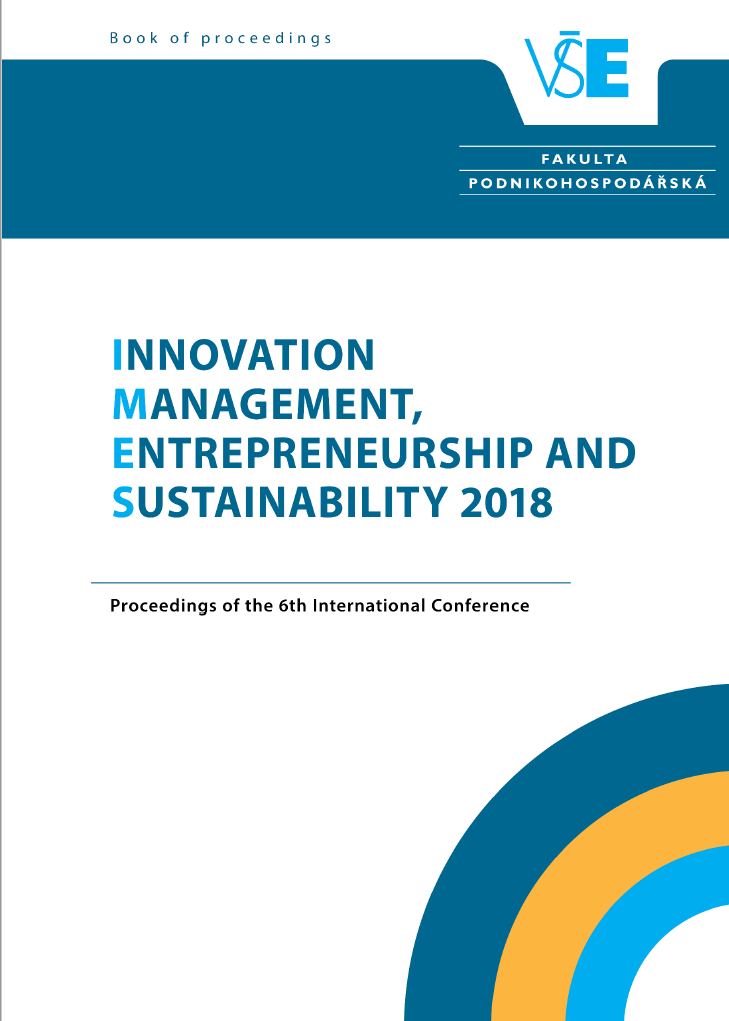
The Impact of Entrepreneurship Training Program on Russian Students’ Intention towards Entrepreneurship
Purpose: The purpose of this research was to study the change in intention of Russian university students towards alternate career choice, to be an entrepreneur and start a business after attending the entrepreneurial training program. Design/methodology/approach: In methodology non-probability quantitative design convenience sampling were used for the study. The collected data were evaluated through Statistical package for the social sciences by running descriptive statistics and paired t-test to interpret the impact of entrepreneurship training program. Findings: The results show the positive impact of entrepreneurship training programs on university students’ intention towards entrepreneurship. The impact was also detected in the attitude of the students towards entrepreneurship. Practical implications: Providing only business managing skills and producing job seekers may create burden on economy of a country. To be entrepreneur youth may create not only job for themselves but for other as well. The study may bring the attention of educators, policy makers and authorities to give proper space to entrepreneurship concept in the education system. The students who will be entrepreneurs in the future will not only contribute in the development of the economy but will solve society's problems in entrepreneurial and innovative way. Quality/value: A small contribution to the literature of short entrepreneurship training program impact on students’ entrepreneurial intention. Further the study also contributes to present the outcomes of entrepreneurship training program testing Theory of planned behaviour.
More...